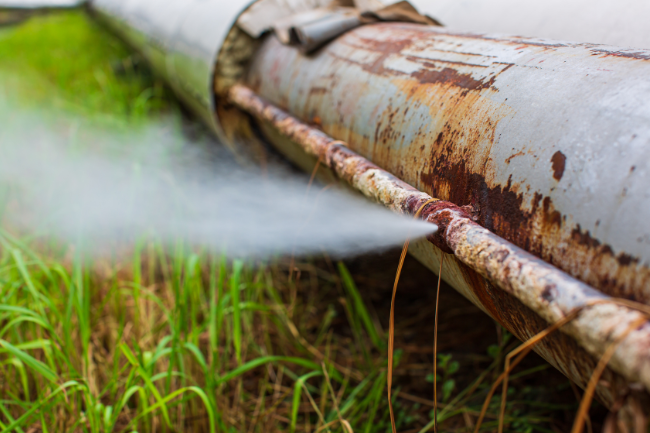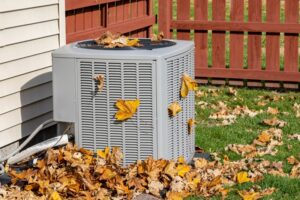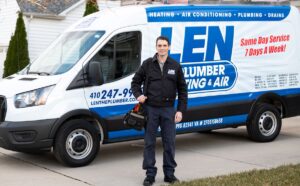Selecting the best water heater for your home can feel overwhelming with so many options available. You need a reliable, energy-efficient unit that meets your household’s hot water needs without breaking the bank. The right water heater will provide comfort and convenience while also being cost-effective over time.
Factors like the size of your home, the number of residents, and your daily hot water usage play a big role in making the best choice. Modern water heaters come in various types, including tankless, storage tank, and heat pump models. Each type has its own set of advantages and considerations to keep in mind.
By understanding the different types of water heaters and considering essential factors such as energy efficiency, cost, and installation requirements, you can make an informed decision. An efficient water heater not only ensures a steady supply of hot water but also helps reduce energy bills and environmental impact. Let’s dive into the details to help you choose the perfect water heater for your home.
Types of Water Heaters: Which One Is Right for You?
Choosing the right water heater starts with understanding the various types available. Here are some common types of water heaters:
1. Storage Tank Water Heaters: These are the most common type. They store a large amount of hot water in a tank and are available in different sizes. Once the water in the tank is used, it needs time to heat a new supply. They are usually less expensive to purchase and install but can be less energy-efficient due to heat loss from the tank.
2. Tankless Water Heaters: Also known as on-demand water heaters, these units heat water only when you need it. They don’t store hot water, which eliminates standby heat loss. Tankless heaters are more energy-efficient and can provide an endless supply of hot water. However, they tend to cost more upfront and might require upgrades to your electrical or gas lines.
3. Heat Pump Water Heaters: These heaters use electricity to move heat from the air or ground to heat water, making them very energy-efficient. They usually have a higher upfront cost but can save more on energy bills in the long term. Heat pump water heaters might require more space and operate best in warm climates.
4. Solar Water Heaters: These systems use solar panels to collect energy from the sun to heat water. They are eco-friendly and can significantly reduce energy bills. However, they are dependent on the availability of sunlight and can be costly to install.
5. Condensing Water Heaters: For homes that use natural gas for heating, these units use the exhaust gases to heat the water, capturing more heat and making them energy-efficient. They work best in homes that require large quantities of hot water.
Knowing the pros and cons of each type will help you choose the best water heater for your home.
Factors to Consider When Choosing a Water Heater
Selecting the right water heater involves considering several key factors. Here are some important aspects to keep in mind:
1. Energy Efficiency: Look for energy-efficient models to save on utility bills and reduce your environmental impact. Check the energy factor (EF) rating; higher ratings mean better efficiency.
2. Capacity: Determine the size of the water heater based on your household’s hot water needs. For storage tank heaters, this means checking the tank size. For tankless models, consider the flow rate, measured in gallons per minute (GPM).
3. Cost: Consider both the initial purchase price and long-term operating costs. Sometimes, a higher upfront cost can be offset by lower energy bills over time.
4. Space: Make sure there is enough space for the unit you choose. Tankless heaters take up less space than traditional tanks, but some models like heat pumps need more room.
5. Fuel Type: The most common fuel types are electricity, natural gas, propane, and solar energy. Your choice will affect installation costs and ongoing expenses.
6. Recovery Rate: This indicates how quickly a water heater can heat a new supply of water. Higher recovery rates are better for larger households with higher hot water demand.
7. Warranty: Check for a good warranty that covers repairs and replacements. A longer warranty often indicates a better-quality unit.
8. Installation: Some water heaters, like solar or heat pumps, require professional installation to ensure they work efficiently. Consider the complexity and cost of installation as part of your decision.
By weighing these factors, you can choose a water heater that best fits your home’s needs and your budget.
Pros and Cons of Different Water Heater Models
Each type of water heater comes with its own set of advantages and disadvantages. Here’s a closer look at the pros and cons to help you decide what’s best for your home:
1. Storage Tank Water Heaters
– Pros: They are relatively inexpensive and easy to install. They come in various sizes to suit different household needs. Additionally, they are simple to maintain.
– Cons: These heaters are less energy-efficient due to standby heat loss. They also take up more space and have a limited supply of hot water.
2. Tankless Water Heaters
– Pros: They provide an endless supply of hot water and are highly energy-efficient since they heat water only when needed. They save space as they are much smaller than tank heaters.
– Cons: Tankless heaters have a higher upfront cost and might require upgrades to your home’s electric or gas systems. They also may struggle to supply enough hot water for multiple simultaneous uses.
3. Heat Pump Water Heaters
– Pros: Extremely energy-efficient and can save a lot on energy bills over time. They are environmentally friendly and work well in warm climates.
– Cons: These units have a higher initial cost and require more space for installation. They may not perform as efficiently in cold climates.
4. Solar Water Heaters
– Pros: Solar water heaters are eco-friendly and can significantly reduce your energy bills. They utilize renewable energy from the sun, reducing your carbon footprint.
– Cons: The installation cost is high, and effectiveness depends on your geographic location and available sunlight. They might need a backup system for cloudy days or higher demand.
5. Condensing Water Heaters
– Pros: These are highly energy-efficient and ideal for homes using natural gas. They offer high hot water output suitable for large households.
– Cons: They have a higher upfront cost and require a complex installation process. They also need a proper venting system for the exhaust gases.
Knowing these pros and cons will help you weigh your options and choose the best water heater for your home.
Maintenance Tips to Extend the Life of Your Water Heater
Proper maintenance can extend the lifespan of your water heater and ensure it operates efficiently. Here are some essential maintenance tips:
1. Regularly Check the Pressure Relief Valve: This critical safety feature should be tested at least once a year. Simply lift the valve’s lever and let it snap back. If water doesn’t flow out, it needs to be replaced.
2. Flush the Tank Annually: Sediment and minerals can build up in the tank, reducing efficiency and causing corrosion. Flush the tank at least once a year to remove these deposits. For tankless heaters, descaling may be needed to prevent mineral build-up.
3. Inspect the Anode Rod: The anode rod helps prevent tank corrosion. Check it annually and replace it if more than six inches of the core wire is exposed or if it’s coated in calcium deposits.
4. Adjust the Thermostat: Set the thermostat to around 120°F to avoid overheating and to save on energy costs. This temperature is also safer and reduces the risk of scalding.
5. Insulate the Heater and Pipes: Use an insulating blanket for the tank and wrap the hot water pipes. This helps reduce heat loss and improves efficiency, especially in colder climates.
6. Check for Leaks: Regularly inspect the area around your water heater for any signs of leaks. Small leaks can become big problems if not addressed promptly.
7. Schedule Professional Inspections: Even if you perform regular maintenance, it’s a good idea to have a professional inspect your water heater every few years. They can check for potential issues you might have missed.
By following these tips, you can keep your water heater in good working condition and extend its lifespan, saving you money in the long run.
Final Thoughts
Choosing the best water heater for your home involves considering the different types available, understanding their pros and cons, and thinking about your specific needs. Ensuring you choose an energy-efficient and suitable model can save you money and provide consistent hot water.
Proper maintenance is also key to extending the life of your water heater. Regular inspections, flushing the tank, and checking the anode rod and pressure relief valve can make a big difference in performance and longevity.
At The Irish Plumber, we understand how crucial a reliable water heater is for your home. If you need help selecting the right water heater or require expert residential plumbing services, reach out to us. Contact The Irish Plumber today to ensure your home’s water heating system is in top shape!








